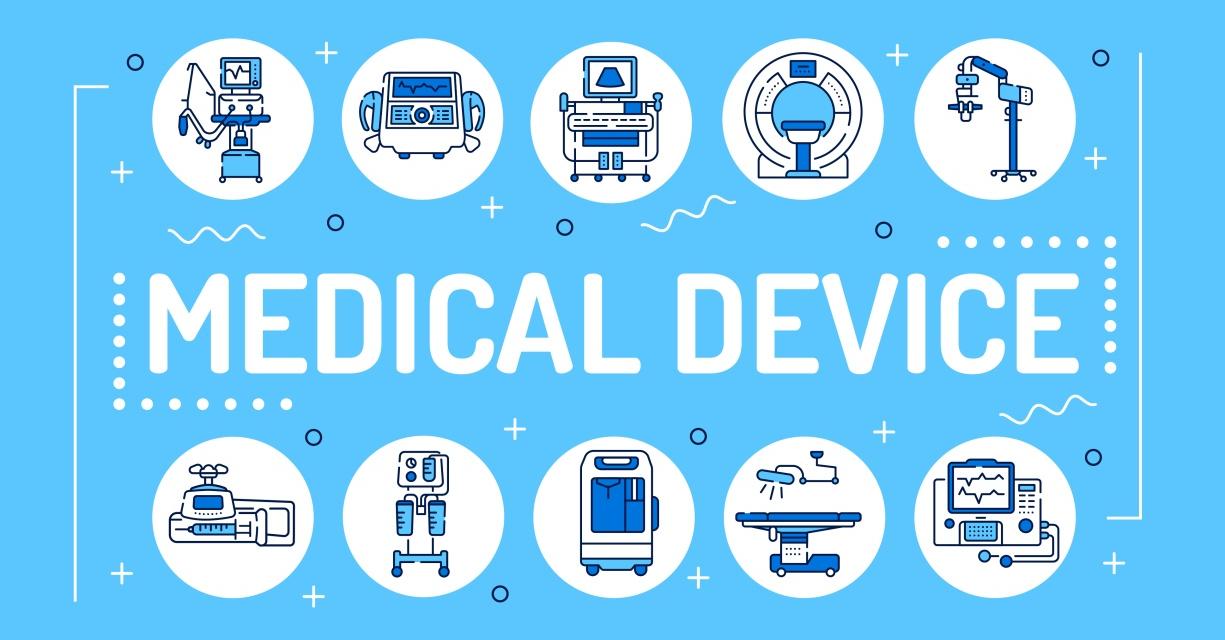In the highly competitive landscape of medical device sales, finding new opportunities can be a complex endeavor. This article aims to simplify that challenge by providing a toolkit of proven strategies specifically tailored for the medical device industry.
From leveraging sophisticated data analytics platforms to attending specialized medical trade shows, we’ll cover a range of techniques designed to broaden your sales horizons. Whether you are a seasoned sales representative or new to the medical device field, these strategies will empower you to identify and engage with the healthcare professionals who most need your products.
1. Leverage Data Analytics
Data analytics serves as the linchpin for making informed sales decisions. Tools like AcuityMD go beyond the conventional, harnessing algorithms that track and analyze physician behavior and procurement patterns.
This offers a nuanced understanding of which healthcare professionals are most likely to need your medical devices. Armed with this data-driven intelligence, sales teams can customize their approaches, focus on high-potential leads, and craft pitches that address specific needs, thereby increasing conversion rates.
2. Attend Specialized Medical Trade Shows
Medical trade shows are more than just flashy events; they’re a concentrated gathering of industry influencers, decision-makers, and potential customers. Attending specialized trade shows provides a unique opportunity to conduct live surveys or collect direct feedback, offering invaluable insights into market demands.
This can lead to product modifications or the development of additional features that resonate with end-users. These forums also pave the way for initiating partnerships with distributors or entering new markets.
3. Utilize Social Media Advertising
Social media isn’t merely a tool for brand visibility. It can transcend that and become a sales channel in its own right. Through the use of geo-targeted ads, you can concentrate your reach on key demographics — like healthcare providers within a specific state or city, thus maximizing the effectiveness of your marketing spend.
Advanced social media analytics provided by platforms like Facebook and LinkedIn allow for the tracking of user engagement, click-through rates, and other critical metrics that can guide future campaigns.
4. Dive Into Content Marketing
While articles and whitepapers establish your brand’s authority, well-crafted content can serve more strategic purposes. By focusing on topics that address specific problems faced by healthcare professionals, you can demonstrate how your medical devices offer tangible solutions.
This elevates your content from mere information dissemination to a problem-solving tool. Personal-feeling touches like email newsletters can include case studies showcasing successful implementations of your device, providing concrete examples that reinforce your product’s effectiveness.
5. Forge Partnerships With Healthcare Providers
Forming partnerships with healthcare providers extends far beyond a handshake and a contract. These relationships can lead to shared initiatives such as clinical trials or pilot programs that provide real-world evidence of your device’s efficacy.
Such collaborations offer dual benefits. Healthcare providers get to innovate their services, and your company gains robust data and testimonials that can be leveraged in marketing and sales activities.
6. Tackle Government Contracts
Entering into government contracts is not merely a matter of navigating red tape. These contracts often have strict compliance requirements and call for rigorous quality assurance protocols.
Meeting these stipulations not only positions your medical device as reliable and trustworthy but also qualifies you for a range of public health projects. These contracts are typically long-term, too, offering financial stability and the opportunity for your product to be integrated into national healthcare strategies.
7. Implement a Referral Program
Creating a successful referral program goes beyond just offering monetary incentives. It’s vital to streamline the referral process by integrating it into your existing customer relationship management workflows. By doing so, you facilitate easy sharing of information, making it more likely for current clients to introduce your product to their network.
Consider offering non-monetary incentives like extended warranty periods or premium customer support, which add value without directly impacting your revenue.
8. Get Featured in Medical Journals
Making it to the pages of esteemed medical journals won’t happen overnight. But when it does, you’ve hit a goldmine of credibility and exposure. Craft compelling research, collaborate with industry experts, and once published, shout it from the rooftops! The acclaim can significantly boost your visibility and elevate your status in the medical community.
9. Invest in Sales Training Programs
Equip your sales team with not just the tools but the skills to excel. A well-orchestrated training program tailored for the medical device industry can fill gaps in product knowledge, sharpen sales techniques, and turn your team into formidable deal-closers. Track the ROI meticulously to adapt and enhance the program for future iterations.
10. Lean on Advanced AI Tools
Robots are no longer limited to the realm of sci-fi; they’re here, and they’re extraordinary. From automating tedious lead-generation processes to incorporating virtual assistants in sales calls, the applications of AI in medical device sales are growing exponentially. Embrace these innovations to stay ahead of the curve and automate your way to success.
A Healthy Dose of Sales Wisdom
Now, you’re ready to dive in with a range of potent strategies to jump-start your medical device sales. Use these techniques as your stepping stones to new opportunities and a fuller pipeline. These tools, strategies, and insights are your essential assets for a futuristic, efficient, and profoundly successful sales operation.

